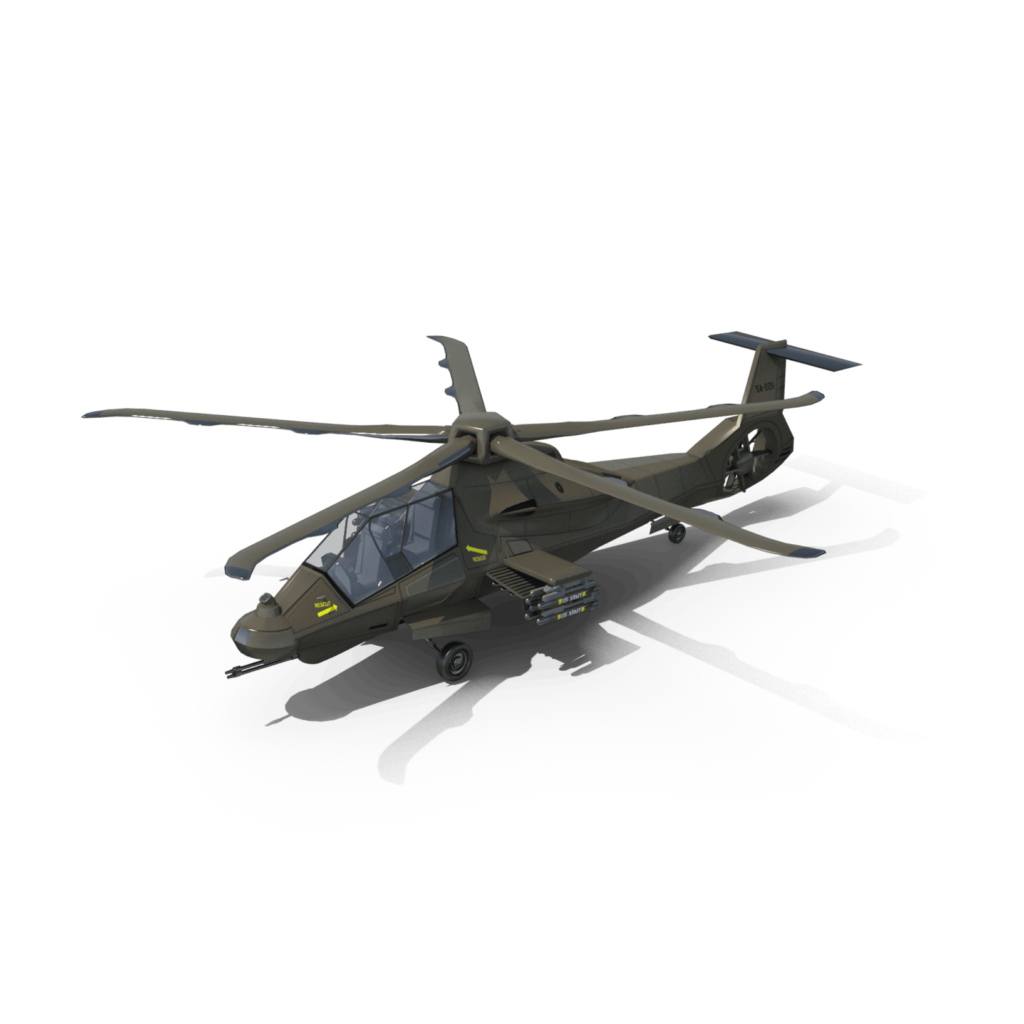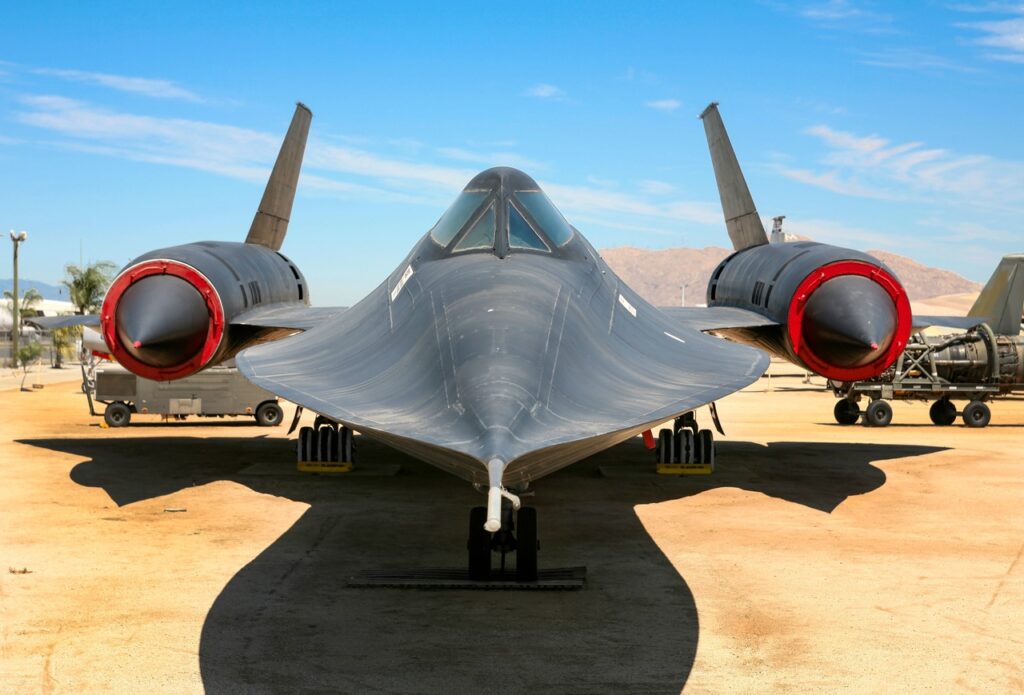
USS Franklin Roosevelt: One the U.S. Navy’s Best Aircraft Carriers
Here’s What You Need To Remember: There is some mild irony in that the ship named after Harry S. Truman should receive the same kind of early retirement as the ship that Truman named after his predecessor. Of course, even if she is retired the Harry S. Truman will not be scrapped anytime soon. At worst, she will become a source of spare parts for the rest of the fleet, and at best she will remain intact, an insurance policy against the loss of one of the other carriers.
Last month, the Navy shocked observers by proposing to retire the nuclear supercarrier USS Harry S. Truman from service some twenty years before expected. Given the gravity of this proposal, it’s worth reflecting on previous decisions to retire aircraft carriers before the exploitation of their full lifespans. In the mid-1970s, the U.S. Navy decided to retire the USS Franklin Roosevelt, a Midway-class aircraft carrier named in honor of President Truman’s predecessor. The Franklin Roosevelt was the first carrier named after a U.S. President, upon an order given by President Harry S. Truman.
The Ship
USS Franklin Roosevelt (often known as “Rosie”) was laid down on December 1, 1943, second ship of the Midway class. Successors to the war-winning Essex class, the Midways were designed to combine an Essex-size airgroup with an armored flight deck. Even early in the war, experience had demonstrated that bombs could have a disastrously lethal effect on even large carriers, necessitating better horizontal protection. While British and Japanese armored carriers sacrificed airgroup for protection, the Americans simply went larger. Rosie and her sisters displaced 45000 tons and could make 33 knots. When first commissioned they could operate upwards of 120 aircraft, although such a large airgroup proved impossible to manage in practice.
CVB-42 was initially known as USS Coral Sea, but after the death of President Roosevelt in April 1945, President Harry Truman ordered the ship renamed in the late President’s honor. This made Roosevelt the first carrier named after a President, a precedent that the Navy has haphazardly continued to follow up until the present day.
Rosie entered service in October 1945, two months after the end of the war. Even if she and her sisters (Midway and the Coral Sea) had joined the Navy a year earlier it would not have changed the outcome, given the overwhelming dominance of the United States in the Western Pacific by late 1944. Although not the largest carriers built to that point (the honor goes to Imperial Japanese carrier Shinano, a converted battleship that fell victim to submarine attack in 1944), there were certainly the world’s most powerful warships until the commissioning of the supercarrier USS Forrestal in 1955.
The size of the Midways made them ideal platforms for the dawn of the jet age. The Roosevelt conducted some of the first trials of carrier-borne jet take-offs and landings in 1946, launching and recovering an XFD-1 Phantom. These tests helped inform aircraft acquisition policies, and also provided ideas for the reconstruction of the USN’s carrier fleet, and the development of the Forrestal class supercarriers. Over the years Rosie would operate a bewildering array of jet fighters, ending with the F-4 Phantom II in the late 1970s.
The Cold War
Rosie did not participate in the Korean War. The Navy determined that its most modern and effective units should remain in areas threatened by the Soviet Union, and consequently the Midways operated in the Atlantic and Mediterranean during the war. After Korea, Roosevelt underwent a major reconstruction that gave her an angled flight deck, a reworked elevator system, and new radars. Although no longer the most powerful ships in the fleet, the Midways remained critically important units, with all three conducting operations in Southeast Asia during the Vietnam War. The Roosevelt undertook one tour, launching sorties against Communist forces in late 1966 and early 1967. Rosie spent most of her career in the Mediterranean, however. In 1976, Roosevelt helped pioneer the integration of AV-8B Harriers into a carrier air wing.
The Navy decided to reconstruct the Midway class carriers in the late 1960s, in order to supplement the supercarrier fleet as the Essexes began to retire in mass. Midway was the first to receive the update, which included a substantial increase in the size and angularity of the flight deck, a new set of catapults, new elevators, and other internal changes. Reconstructing Midway proved very expensive, however, and did not bring the ship up to the same capacity as the supercarriers then entering service. Consequently, Congress and the U.S. Navy decided to limit their exposure on the other two Midways. Roosevelt and Coral Sea both received modernizations, but not nearly to the same extent of Midway. Instead, the Navy refocused its efforts towards building and maintaining its supercarrier fleet.
Deactivation
By the late 1970s, Roosevelt’s physical condition was deteriorating. At this point, the USN had commissioned ten supercarriers, including the first of the Nimitz class. Two more nuclear supercarriers were on the way. The Navy decided that Roosevelt was not worth the effort to modernize. Moreover, as with Truman, politics played a role. The Navy worried that the existence of the Roosevelt would offer Congress an excuse for not ordering additional Nimitz class carriers. Consequently, Rosie was rushed to the scrapyard; decommissioned in October 1977, she was sold and scrapped by the end of 1978.
Had Roosevelt survived into the 1980s she might have been reactivated and rebuilt as part of the Reagan-era naval buildup. The Reagan administration strongly considered reactivating the smaller USS Oriskany, for example, and did refurbish the four Iowa class battleships. The Coral Sea, which had received a similar modernization schedule as Roosevelt, remained in service until 1990.
Wrap
There is some mild irony in that the ship named after Harry S. Truman should receive the same kind of early retirement as the ship that Truman named after his predecessor. Of course, even if she is retired the Harry S. Truman will not be scrapped anytime soon. At worst, she will become a source of spare parts for the rest of the fleet, and at best she will remain intact, an insurance policy against the loss of one of the other carriers.
Incidentally, the retirement of Truman will result in no commissioned aircraft carriers bearing the name of a Democratic Party president. Five carriers- the Abraham Lincoln, the Theodore Roosevelt, the Gerald Ford, the George H.W. Bush, and the Ronald Reagan—carry the names of Republican Party presidents, while two are named for Democratic legislators. Democratic presidents are currently represented by the Seawolf-class submarine James E. Carter, and the Zumwalt-class destroyer Lyndon B. Johnson. The next Ford-class carrier will bear the name of John F. Kennedy; after that, it would hardly be surprising to see the USS William J. Clinton and the USS Barack H. Obama.
Robert Farley, a frequent contributor to TNI, is a Visiting Professor at the United States Army War College. The views expressed are those of the author and do not necessarily reflect the official policy or position of the Department of the Army, Department of Defense, or the U.S. Government. This article first appeared last year.
Image: Wikimedia


